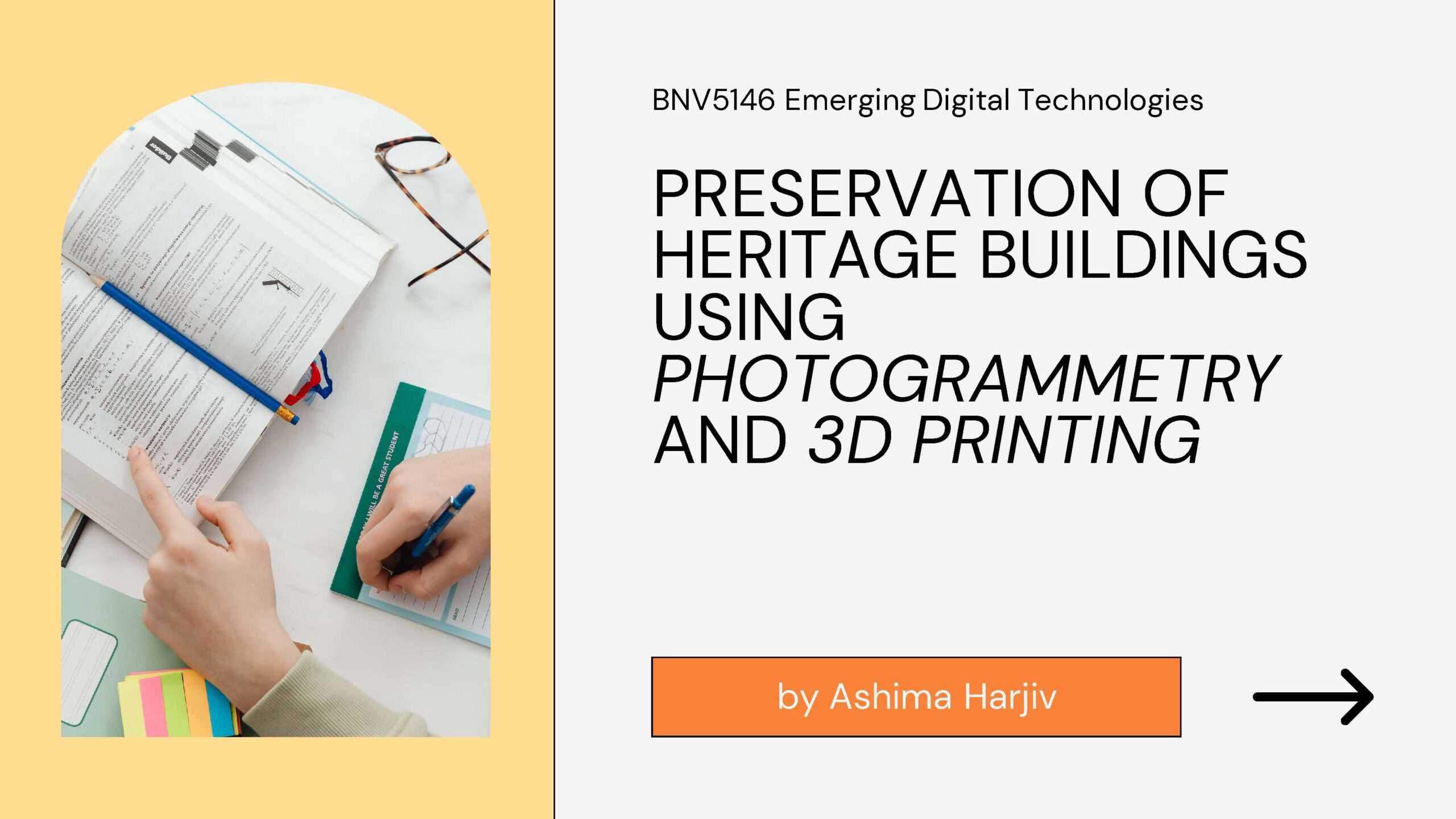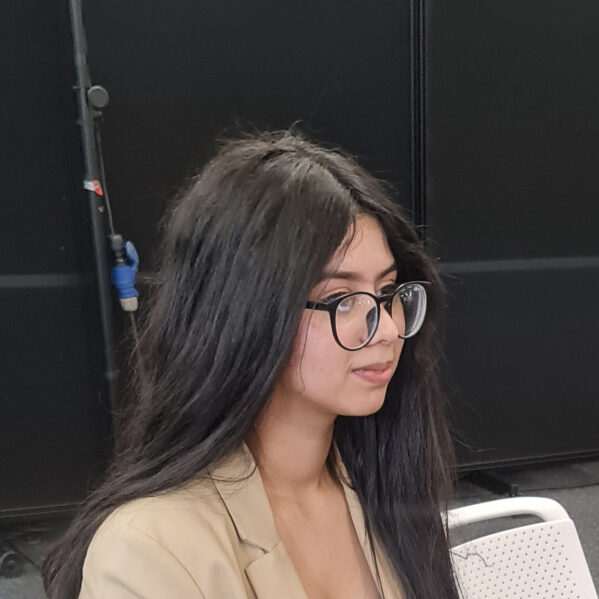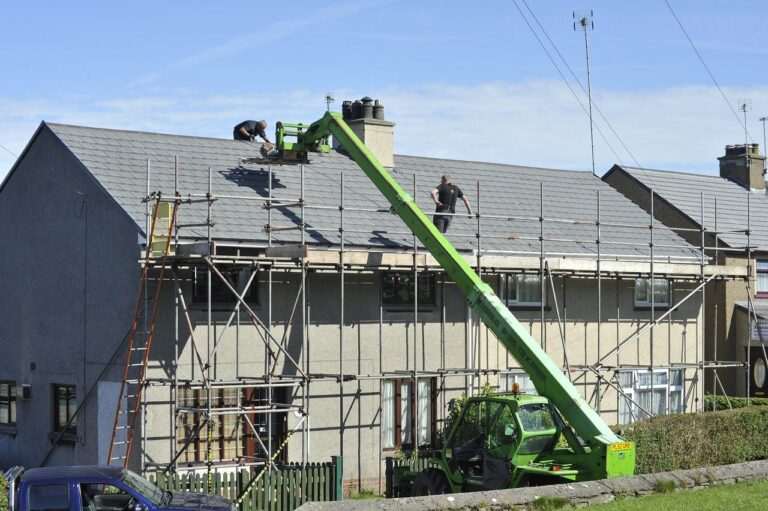| My name is Ashima Harjiv, and I am an Architectural Technology student at Birmingham City University. For my 2nd Year, Semester 2 project in Emerging Digital Technologies, I aimed to address the decrease of artisans and skilled workers necessary to maintain traditional architecture. With globalisation, we face the loss of these vital craftsmen, and thus, must innovate new methods to bridge this gap. My study proposes one such solution |
Preserving heritage buildings
Preserving heritage buildings is essential for maintaining our cultural identity and historical significance. However, these structures face numerous challenges, including gradually losing traditional construction methods and artisanal skills. This project explores how modern methodologies like photogrammetry and 3D printing can address these challenges, ensuring the preservation of architectural heritage for future generations.
Project Description
Heritage buildings are at risk due to the decline of traditional construction skills, which are essential for their maintenance and renovation. To counter this, photogrammetry offers a modern solution. This technique involves the accurate scanning of buildings or affected areas, facilitating detailed analysis and data collection crucial for effective preservation efforts.
By creating precise 3D virtual models through photogrammetry, preservationists can mitigate the limitations of traditional restoration methods. These models can serve as blueprints for 3D printing missing parts, reducing reliance on specialized artisans. This innovative approach ensures the faithful restoration of architectural elements while preserving cultural heritage.
In my project, I explored the integration of photogrammetry and 3D printing to preserve and restore heritage buildings. Here’s how I approached the problem:
- Capture Photos of the Affected or Damaged Area: I began by taking detailed photographs of the areas that needed attention. These images were crucial for the next steps in the process.
- Generate a Virtual Model: Using photogrammetry programs like Agisoft Metashape, I converted the photographs into a detailed virtual model. This digital representation allowed for precise analysis and planning.
- Defect Analysis: The virtual model enabled me to conduct a thorough defect analysis of the affected areas. By examining the model, I could identify the specific issues and their extent.
- Generate a Report: I compiled a report based on the type of structure, the materials used, and the level of decay. This report was essential for determining the appropriate renovation strategies.
- Determine Renovation Requirements: Using the data from the defect analysis and the report, I identified the types of renovations needed to restore the structure.
- Create and 3D Print a Mould: I created a mould of the damaged area and used 3D printing technology to produce it. This mould served as a precise template for the repair work.
- Fill the Gaps and Repair the Missing Parts: Finally, I used the 3D printed mould to fill the gaps and repair the missing parts of the structure, ensuring that the restoration was as accurate and non-destructive as possible.
The focus of my study was to implement a non-destructive method to preserve cultural and heritage buildings. However, the principles and techniques I developed can extend into other areas of construction, offering broader applications and benefits.
High-Level Diagram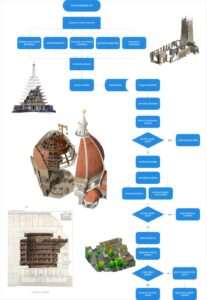
Low-Level Diagram
-
Data Acquisition and Processing
In this phase, the focus is on capturing high-quality images of the subject using the iPhone 14’s 4K camera and storing them securely on OneDrive. The captured images serve as the foundation for the subsequent photogrammetry process. Leveraging Blender and Agisoft Metashape, the images are processed and transformed into detailed 3D models, ensuring accuracy and fidelity to the original subject.

-
Model Analysis and Refinement
Once the 3D models are generated, they undergo thorough analysis to identify any defects or imperfections. Blender is employed for defect identification analysis, enabling precise inspection and manual adjustments as needed. If defects are identified, the models are reconstructed and refined using Blender’s robust editing capabilities. Additionally, simulation analysis is conducted using Blender to evaluate structural integrity and material properties, ensuring the model’s suitability for further applications.


- Output and Presentation
In this final phase, the focus shifts to preparing the models for output and presentation. The models are further elaborated using Autodesk 3ds Max to optimize them for 3D printing. Ultimaker Cura is utilized for integrating the models with 3D printing technology, enabling the fabrication of physical prototypes or corrected defects. Comprehensive reports are generated based on the analysis and simulation results, providing detailed insights and recommendations for communication with stakeholders.
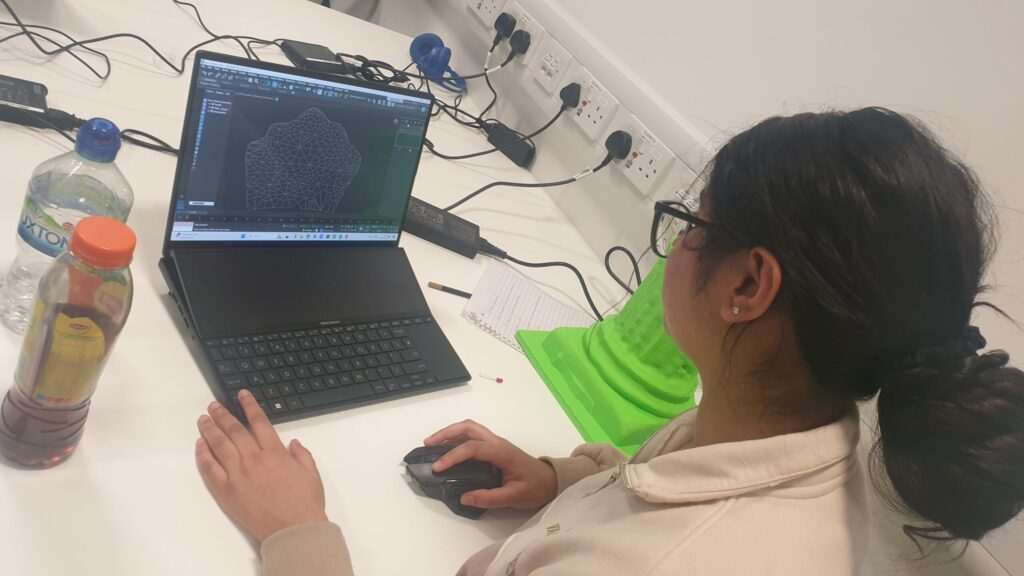 |
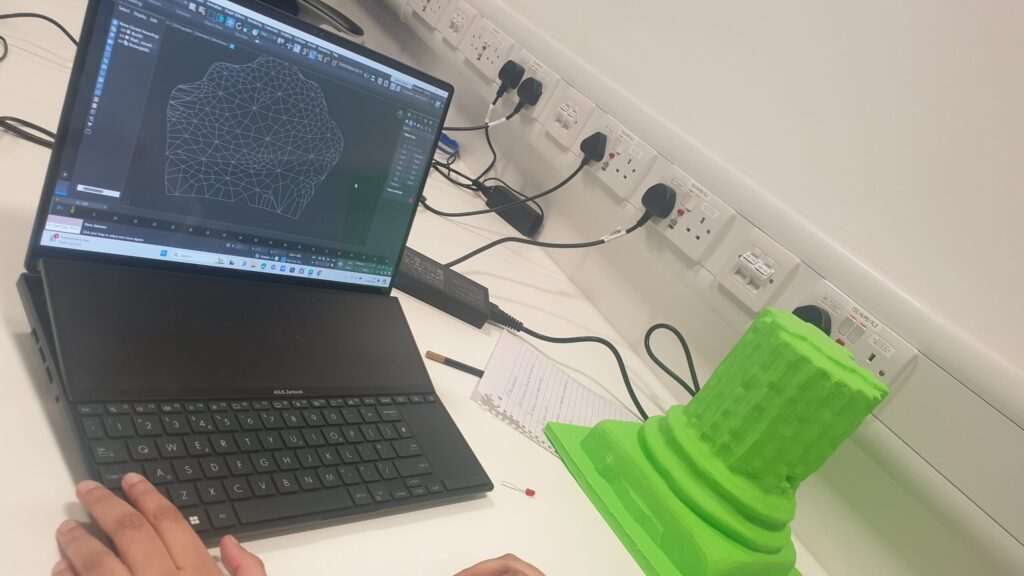 |
Throughout this project, I learned several key lessons:
- Streamline the Process: It is crucial to use a comprehensive software solution that provides all the necessary tools, from photogrammetry to generating a 3D model and creating a mesh. This streamlines the workflow and increases efficiency.
- Utilize High-Resolution Cameras: Using a high-resolution camera specifically designed for photogrammetry ensures the accuracy and quality of the digital models.
- Implement Advanced Moulding Techniques: Exploring other moulding techniques, such as dental moulding, can achieve greater accuracy in the restoration process.
- I have not only contributed to preserving our architectural heritage but also paved the way for future innovations in construction and restoration.
